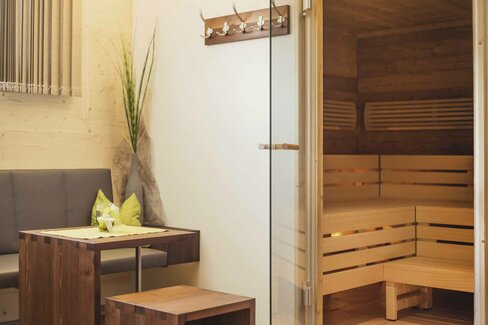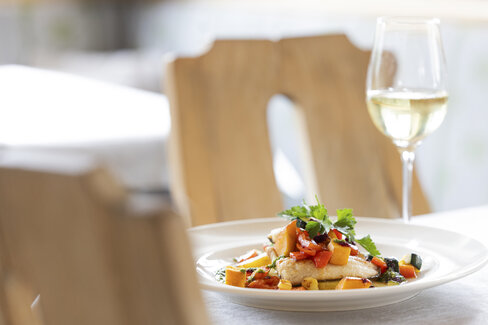The elder bush especially likes to grow near dwellings, so it is usually quite easy to find it. From May to the end of June, it unfurls its white flower umbels, the fragrance of which can be smelt for miles around. As a tea, its flowers are often used as sweating cures for fever and colds.
The black berries are very rich in vitamin C and can be taken as juice, purée or jam.
In popular culture, the good spirits of the house reside in elder trees, so superstitious country people think twice before cutting down an elder. Elderberry cordial is made in a similar way to elderberry juice, but with the difference that the finished juice is boiled with sugar for a few minutes to make it last longer.
The elderberry cordial can be diluted with hot water or herbal tea and drunk in the cold season. However it is just as good drunk with cold water as a refreshing drink or poured over vanilla ice cream, pudding, semolina porridge or other desserts.





